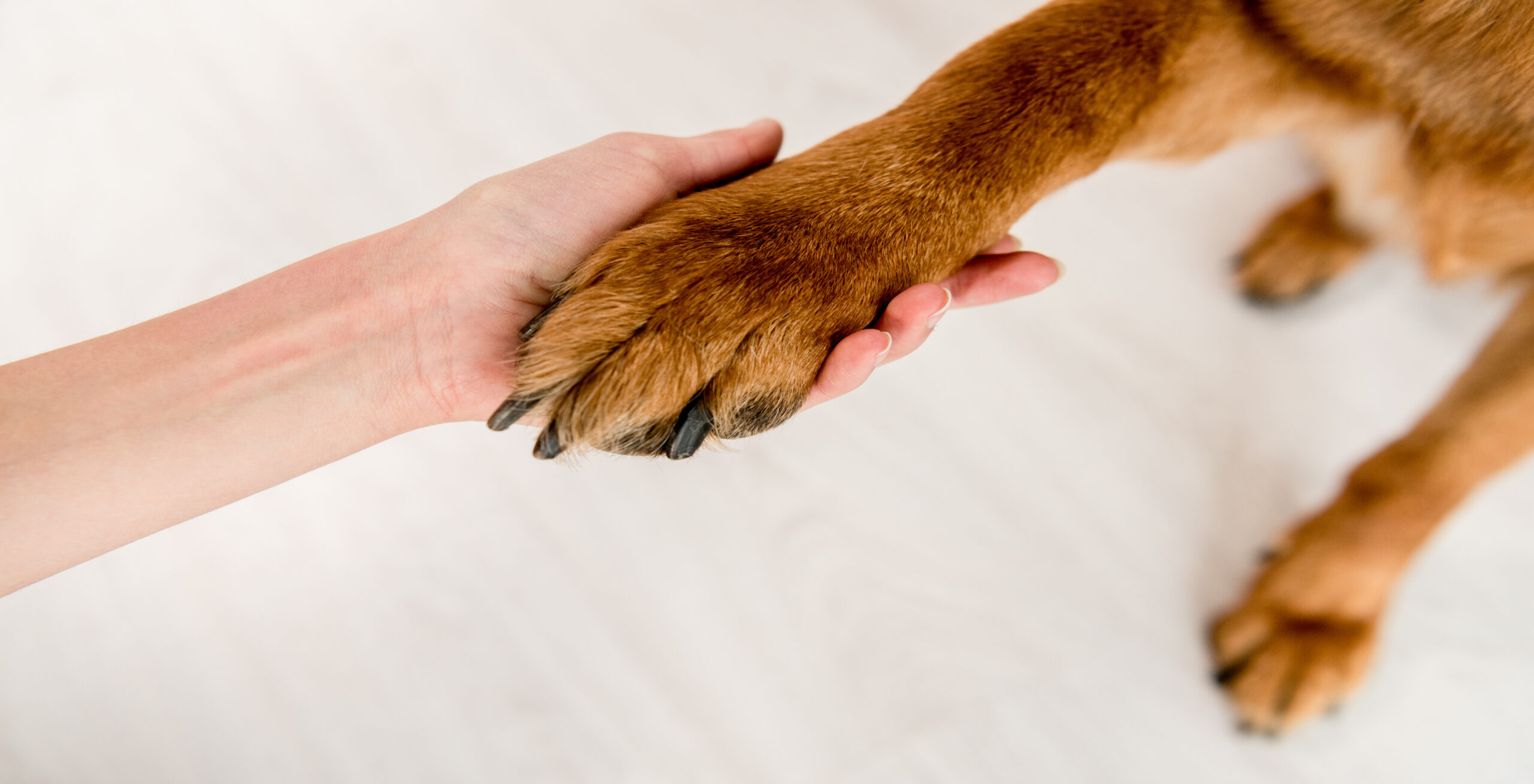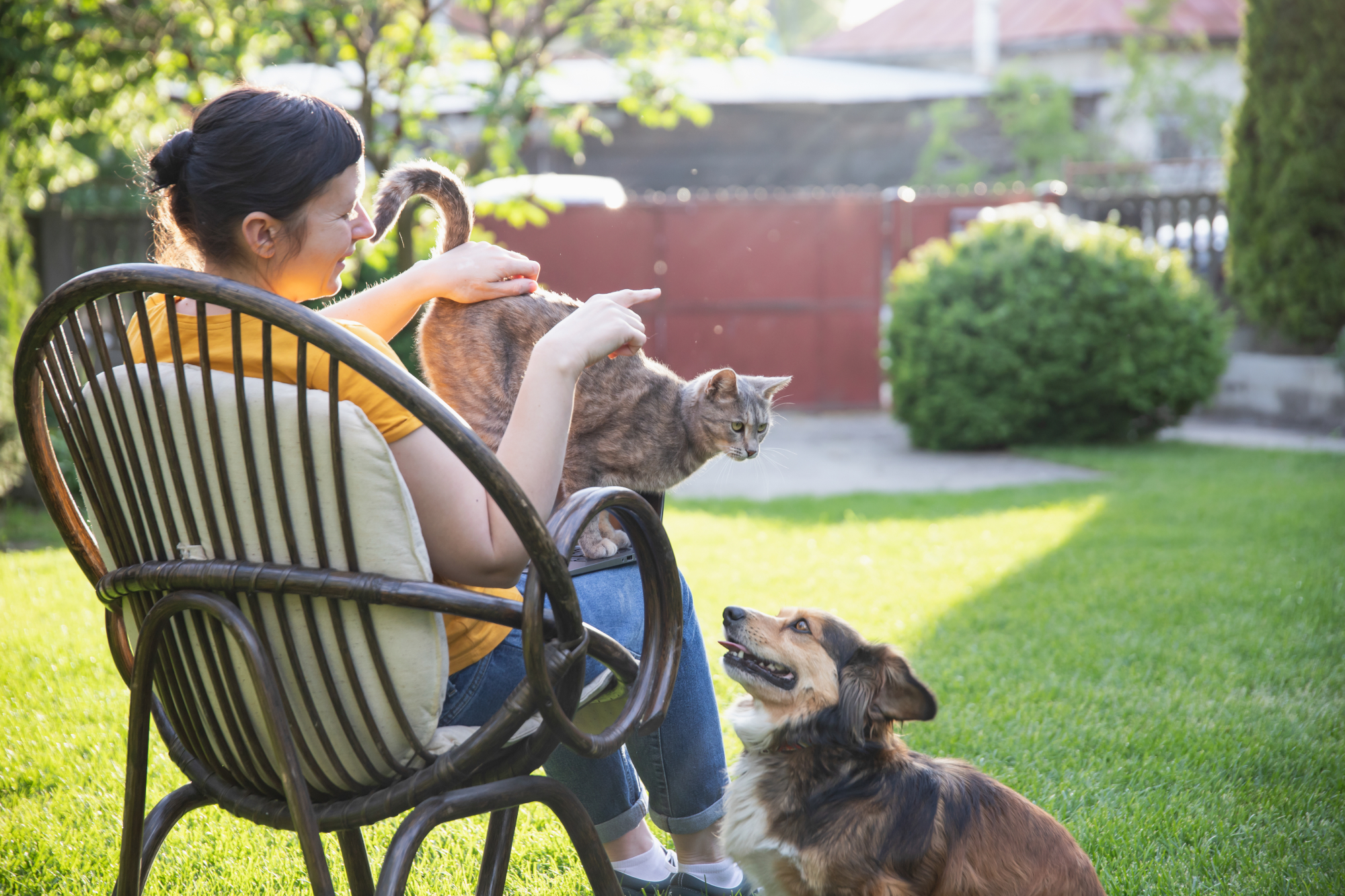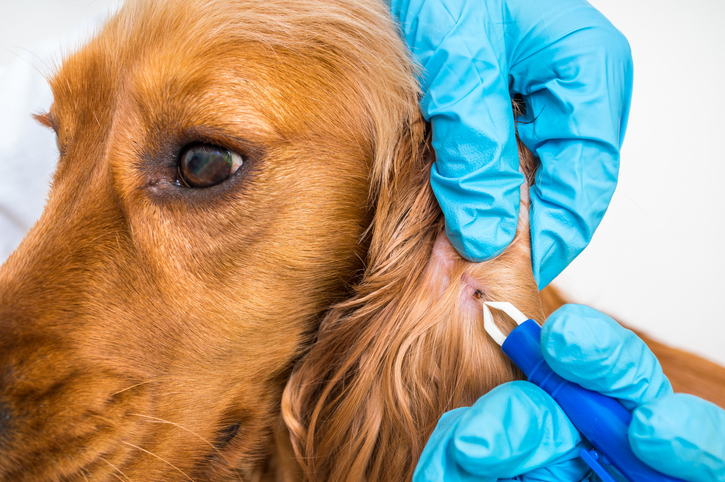Our pets are some of our greatest companions—supporting us with unfaltering love through thick and thin, on our best days and our worst. Unfortunately, all good things must come to an end, and this goes for our pets as well.
Like with people, the bodily processes that support our pets gradually weaken with age. But unlike people, animals aren’t able to communicate what they’re going through—and that’s why a quality of life assessment is so important.
What is a quality of life assessment?
When you bring your pet to a veterinarian for this type of assessment, they’ll run a comprehensive series of tests to learn about any problems, conditions, or diseases that they’re experiencing. The specifics of this assessment may vary depending on the age, breed, and existing conditions of your cat, dog, or rabbit, but there are a few things you can expect no matter what. In a quality of life assessment, your vet will evaluate:
- Mobility. Pets are at their best when they can go where they want, when they want, without hesitation. In a quality of life assessment, your vet will evaluate how easily your pet can move. Depending on the size of your pet and their level of mobility, your veterinarian may suggest one of many mobility aids to help keep them moving. These can range from simple apparatuses like slings and harnesses, and go all the way to more advanced tools like two or four-wheel carts or mobility wagons. All of these will help your pet to keep mobile and stay active, which will drastically improve the quality of the later years of their life.
- Appetite and food intake. Pets have to be eating a well-rounded diet with all the calories and nutrition they need to stay healthy. As pets age, many of them seem to become less interested in eating, which can exponentially reduce their quality of life. If your vet finds that they’re not eating enough, there are a few ways to help. Hand-feeding is one option, although it’s a very involved process. Alternatives include blended or liquid diets or feeding tubes.
- Water intake. Proper hydration is crucial to keeping your pet in good health, but like with food, they may stop drinking enough as they age. Sometimes their water intake can be supplemented with intravenous hydration, which can go a long way in helping an aging pet feel better.
- Hygiene. Cleanliness and good hygiene is very important for the health of your pet. But as they get older, they may be less inclined to stay clean. Cats might not groom themselves as much or as thoroughly, and dogs might allow their fur to get tangled and matted, or else not know to move away from their waste if they have an accident. In more severe hygiene cases, bedridden pets might begin to develop bedsores. Your vet might be able to prescribe special shampoos and cleaning products to help clean their coat of dead skin cells, improve circulation, and keep them healthier overall.
- Overall mood. Just like with humans, pets have complex moods that can change and decline, particularly as they get older. Between an in-person assessment and information from the owners, a vet can evaluate their overall mood and happiness. Your veterinarian will make recommendations to help liven up and stimulate your pet, keeping them as happy as possible as they enter end-of-life.
- Pain levels. No one wants to live their life in pain, but thanks to millennia of natural instincts, pets have a habit of downplaying what they’re going through. A vet can use all the tools at their disposal to evaluate your pet for any potential sources of pain, and make recommendations for treatment and accommodation, or write prescriptions to help reduce pain levels as much as possible.
- General day-to-day difficulties. In general, a veterinarian will take all of the above factors into consideration when determining their quality of life. How many good days does your pet have versus bad ones? When this is determined, your vet can make more specific recommendations on the best and most humane course of action for owners.
Dealing with the results of a quality of life assessment
Through years of research and experience in animal healthcare, a veterinarian will be able to accurately and objectively quantify your pet’s quality of life. And while we wish we could give a great prognosis to every animal that comes through our office, this is sadly not the case.
In some cases, the quality of life assessment indicates that, sadly, your pet’s standard of living is poor. They may be sick, in constant pain, have difficulty moving, or just be plain unhappy. None of this is the fault of the owner; it is simply just the unfortunate reality of how our animals age.
Pets approaching the end of their life can suffer from many, many conditions, most of which cause serious pain and discomfort. These can include:
- Blindness
- Various forms of cancer
- Arthritis and joint inflammation
- Degenerative kidney disease
- Deafness
- Obesity
- Diabetes
When an animal can no longer reciprocate the love and energy they receive from their humans, it’s time to begin the sad process of saying goodbye. There’s no way to approach this that isn’t heartbreaking for all involved—after all, your pet is one of your closest companions and a stable source of love and joy for you and your family. But we all have to make the difficult choice to resist the urge to keep them alive simply for our own sake. Our pets deserve to have their needs respected and honoured, and sometimes what they need is to be let go without unnecessary pain and suffering.
We know that this is never easy. In fact, despite all the challenges of owning a pet, this is arguably the hardest thing you and your family will go through within your pet’s lifespan. But with all that said, it’s important that we respect our pets and allow ourselves to let them go when it’s time.
Creative Commons Attribution: Permission is granted to repost this article in its entirety with credit to Hastings Veterinary Hospital and a clickable link back to this page.






